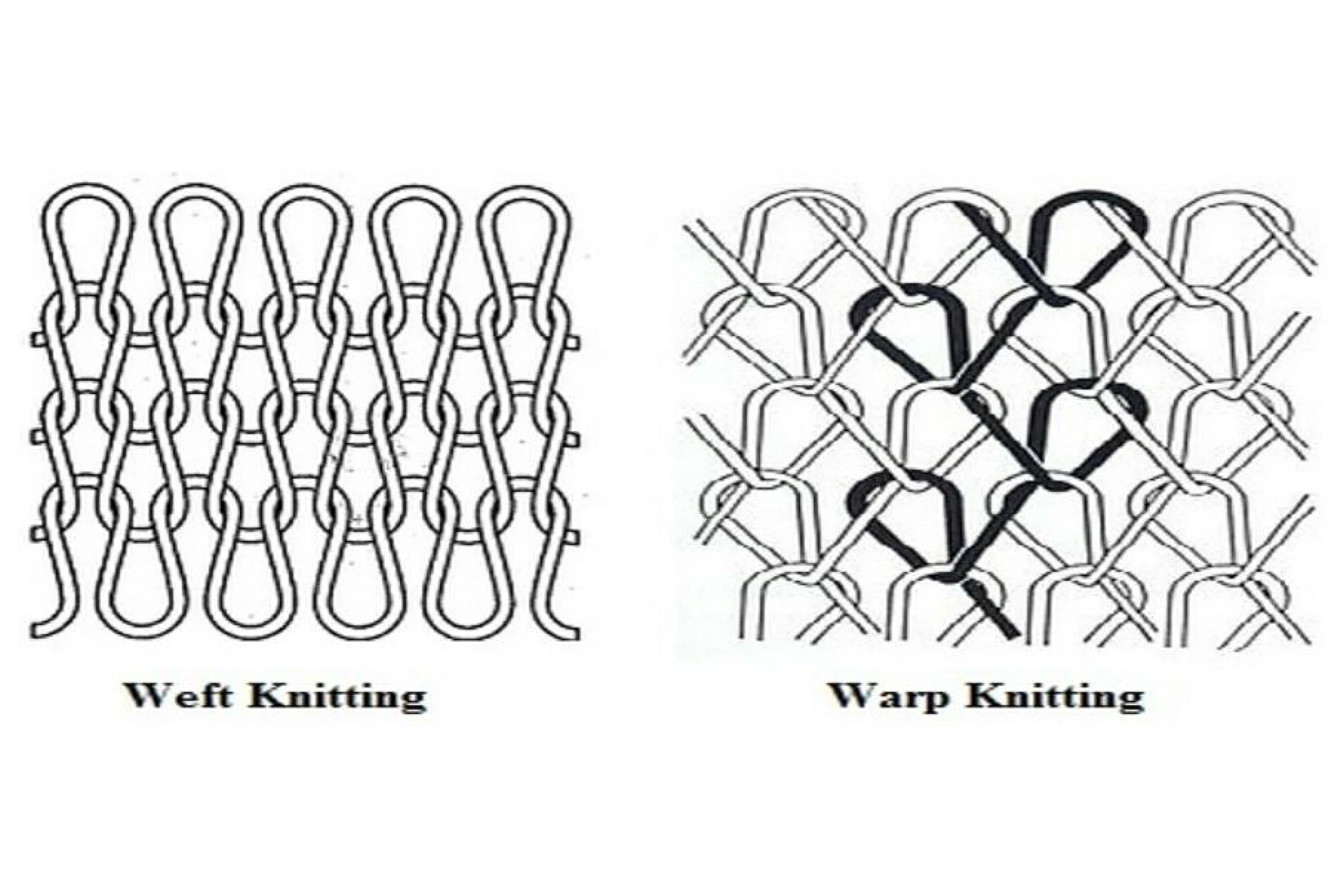
Knitted fabric is a versatile and essential material in the textile industry, known for its unique properties and wide range of applications. Whether you’re wearing a cozy sweater, a comfortable t-shirt, or high-performance activewear, chances are you’re experiencing the benefits of knitted fabric. In this blog, we’ll explore what makes knitted fabric special, its characteristics, and its diverse uses.

Knitted fabric is created through the process of knitting, where yarns are interlooped to form a flexible, stretchy material. Unlike woven fabric, which is made by interlacing two sets of yarns at right angles, knitted fabric is produced by continuously looping a single yarn or multiple yarns.

Elasticity: One of the standout features of knitted fabric is its elasticity. The interlooped structure allows the fabric to stretch and recover, providing a comfortable fit and freedom of movement. This makes it ideal for garments that need to accommodate various body shapes and sizes.
Softness: Knitted fabrics are generally softer than woven fabrics, offering a plush, comfortable feel against the skin. This softness is particularly appreciated in items like baby clothes, underwear, and loungewear.
Breathability: The open structure of knitted fabric allows air to circulate easily, enhancing breathability. This makes knitted fabric an excellent choice for warm-weather clothing and activewear, helping to keep the wearer cool and comfortable.
Insulation: Despite its breathability, knitted fabric can also provide good insulation. The loops in the fabric trap air, creating a layer of warmth, which is why knitted items like sweaters and scarves are popular in colder weather.
Versatility: Knitted fabric can be made from a variety of yarns, including cotton, wool, synthetic fibers, and blends. This versatility allows for a wide range of textures, weights, and finishes, catering to different needs and preferences.

Weft Knitting: Weft knitting involves looping the yarn horizontally. Common weft-knitted fabrics include jersey, rib, and interlock. These fabrics are widely used in everyday apparel due to their flexibility and comfort.
Warp Knitting: Warp knitting involves looping the yarn vertically. This method produces fabrics like tricot, raschel, and Milanese. Warp-knitted fabrics are often used in more technical applications, including lingerie, sportswear, and industrial textiles.

Apparel: Knitted fabric is a staple in the fashion industry, used for t-shirts, sweaters, dresses, leggings, socks, and more. Its stretch and comfort make it perfect for garments that need to move with the wearer.
Activewear: The flexibility, breathability, and moisture-wicking properties of knitted fabric make it ideal for sportswear and activewear. Items like yoga pants, running tops, and athletic shorts benefit from the performance qualities of knitted fabric.
Home Textiles: Beyond clothing, knitted fabric is also used in home textiles such as blankets, cushions, and upholstery. Its softness and warmth add a cozy touch to home décor.
Technical Textiles: Advanced knitting techniques are employed to produce technical textiles for medical applications, automotive interiors, and protective gear. Knitted fabrics in this category often require specific performance attributes, such as stretchability, durability, and breathability.
Layne | 09-03-2024 | Views 394 times
Sweatshirt Knit Fabric Series: Functions and Composition 1. Introduction to Sweatshirt Fabric Sweatshirt fabric is one of the most basic fabrics used in circular knitting. As the name suggests, it is used for making sweatshirts. In technical terms, it is know...
Layne | 09-02-2024 | Views 366 times
Are you looking for common swimwear fabrics? 1. Common Swimwear Fabrics In the blazing summer, it’s the season for swimwear to shine. So, what are the most commonly used fabrics for swimwear, and how should you select and care for them? 1.1 Lycra (DuPont L...
Layne | 09-01-2024 | Views 394 times
The Versatility of Polyester Stretch Fabric 1. Introduction Polyester stretch fabric is a standout in the textile industry, known for its flexibility, durability, and comfort. This fabric, made from a blend of polyester and elastane (or spandex), is widely us...
Layne | 08-31-2024 | Views 400 times
Nylon Stretch Fabric: The Perfect Blend of Strength and Flexibility 1. What is Nylon Stretch Fabric? Nylon stretch fabric is created by blending nylon fibers with elastane or spandex. Nylon itself is a synthetic fiber known for its toughness, resistance to we...
Layne | 08-22-2024 | Views 433 times
RPET Non-Woven Fabric: A Perfect Blend of Eco-Friendliness and Practicality 1. Background As environmental awareness increases, RPET non-woven fabric is becoming a popular choice in the market. RPET (Recycled Polyethylene Terephthalate) non-woven fabric not o...
Layne | 08-21-2024 | Views 506 times
Introduction to 10 Fabric Finishing Processes 1. Purpose of Fabric Finishing Finishing is a technical treatment that imparts color effects, shape effects (such as smoothness, velvety texture, stiffness, etc.), and practical effects (such as water resistance, ...
Contact us now for a free consult!